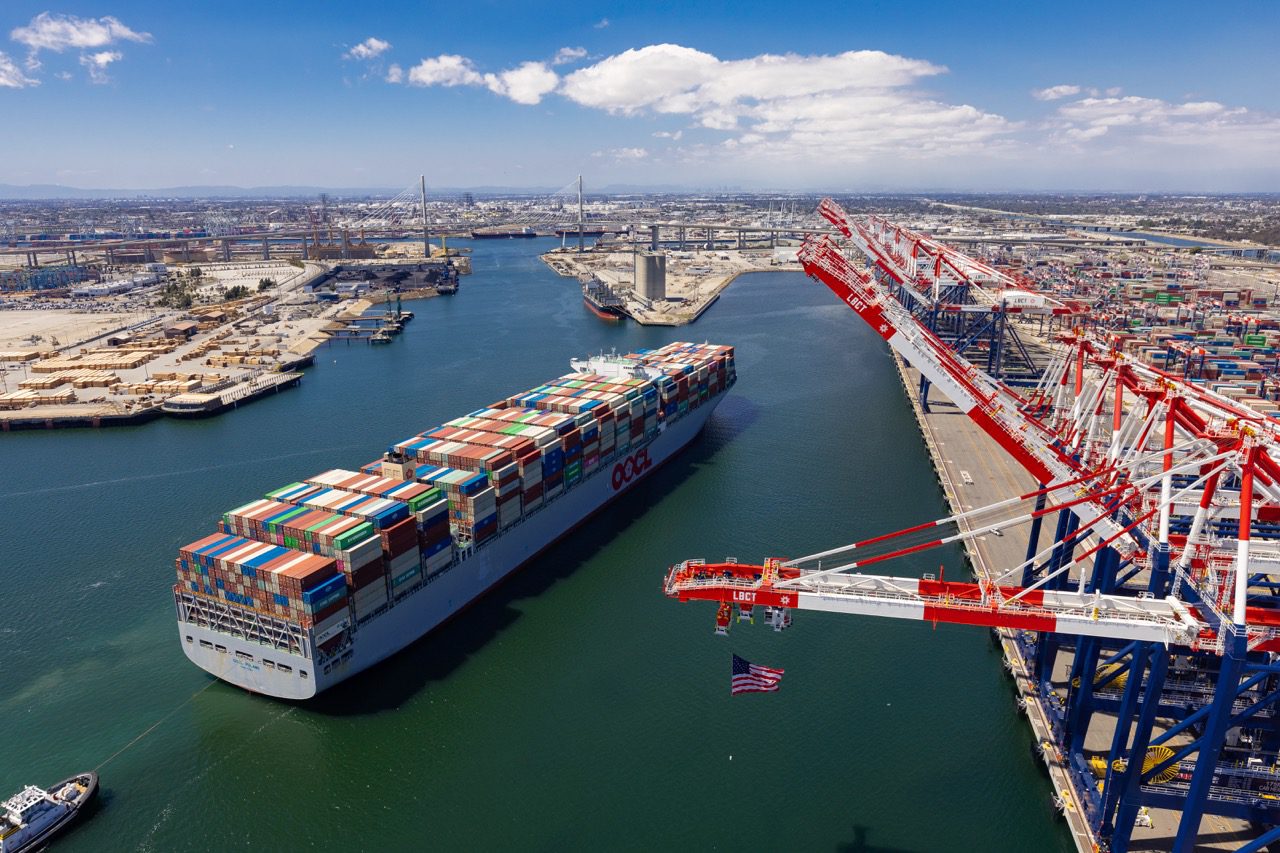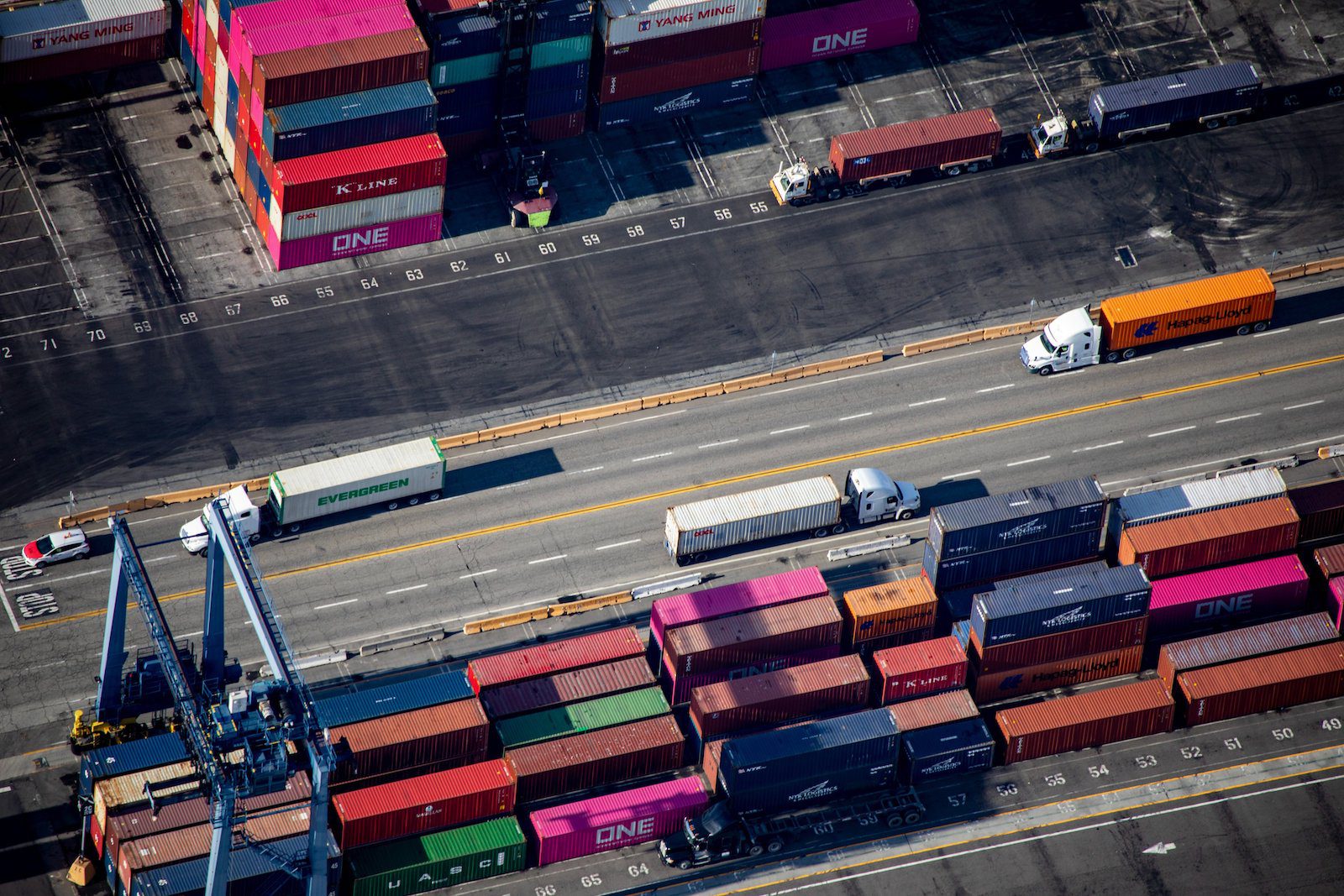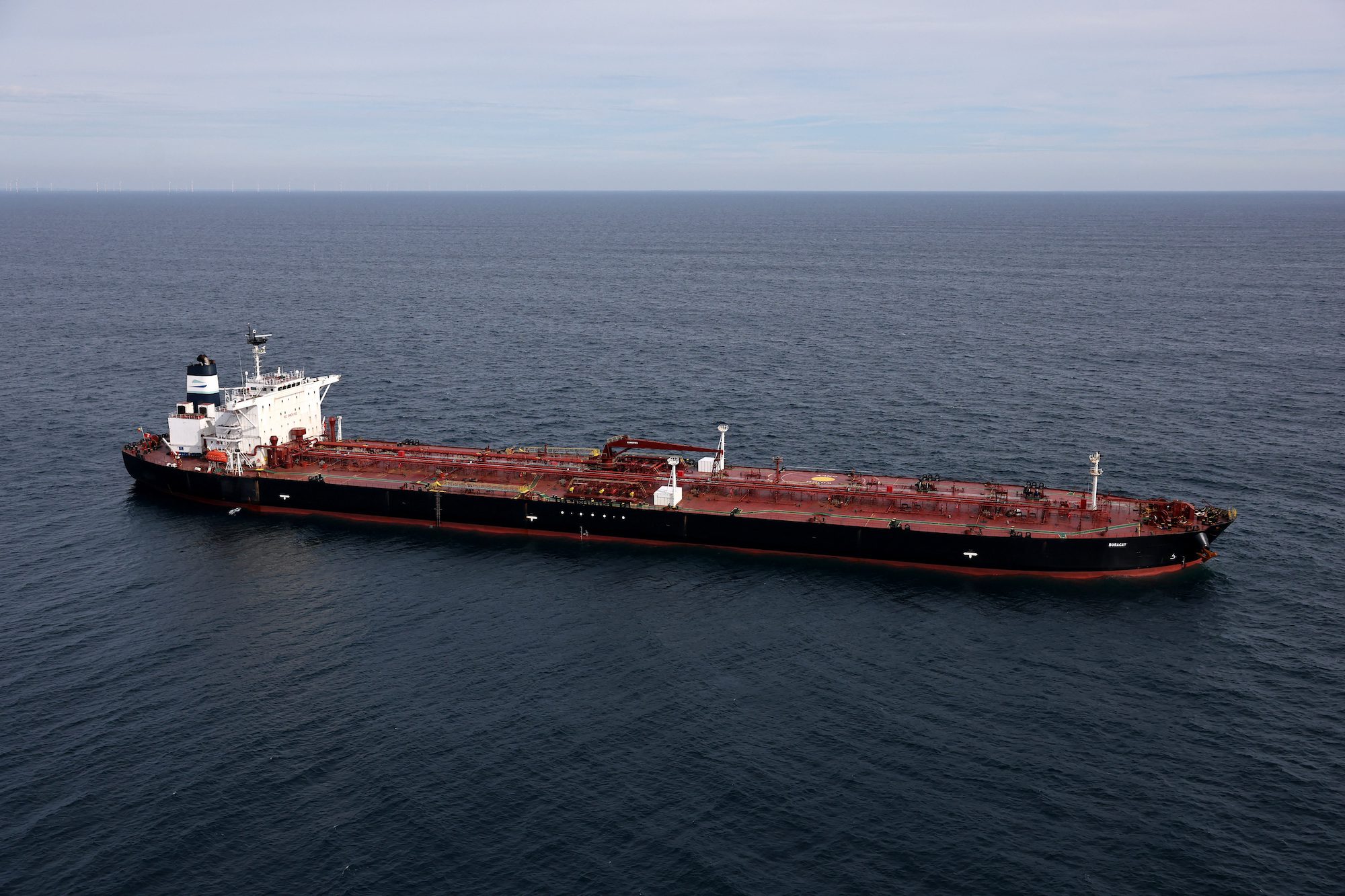Blank sailings between the U.S. and China are set to reach unprecedented levels in October 2025, according to a new analysis from project44, with 67 blank sailings planned from China to the U.S. and 71 from the U.S. to China. The analysis points out that these figures exceed those seen during the COVID-19 pandemic, highlighting the severe disruption in maritime trade caused by recent tariff implementations by Trump Administration.
The “Liberation Day” tariffs, which went into effect in early August, represent “the most wide-ranging tariff implementation in modern U.S. history,” creating an uncertain and volatile environment for global trade.
Trade lanes most heavily impacted include U.S. West Coast to Southeast Asia, which saw a dramatic 75% increase in blank sailings year-over-year, while China to U.S. West Coast and Southeast Asia to U.S. West Coast experienced increases of 46.5% and 40.7% respectively. These figures underscore how carriers are managing weaker demand and adjusting to uncertainty.
“Carriers are blanking sailings at an intensity we haven’t seen since the early pandemic period. The strategy is less about crisis response this time and more about maintaining rate stability in a tariff-distorted market,” noted veteran supply chain analyst and former Gartner research leader Bart De Myunck.
The impact on U.S.-China trade has been particularly severe. Imports from China are trending 27% lower year-to-date compared to 2024, while exports to China have dropped even more dramatically, down 42%. Following modest gains in January and February, volumes fell steeply, with declines of 38% in April, 46% in May, and 41% in September for imports. Export declines have been consistently negative, with particularly steep drops of 57% in April, 53% in May, and 53% again in August.
Despite these significant shifts in specific trade lanes, the broader proportions of U.S. imports and exports by country have seen only modest changes, suggesting most U.S. companies have not significantly restructured their sourcing or customer bases. However, early signs of sourcing diversification are emerging, with Indonesia and Thailand showing monthly increases of 11-81% compared to 2024 as alternative suppliers to China, according to project44.
As the maritime industry continues to navigate these challenges, project44 concludes that “tariffs are influencing the timing and reliability of shipments more than the geography of supply chains,” though the outlook for 2026 remains “highly contingent on future tariff decisions and trade negotiations”.

 Join The Club
Join The Club











